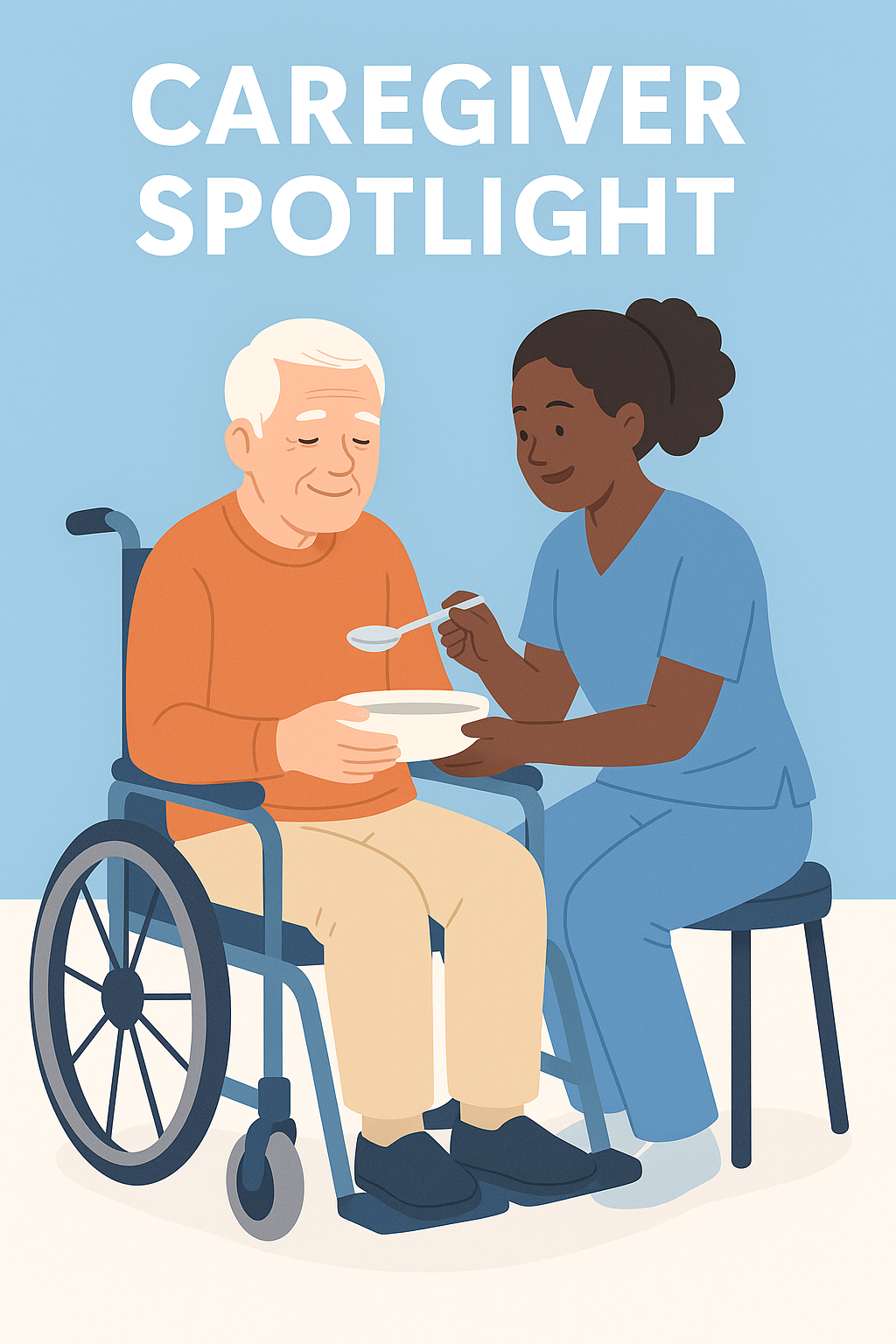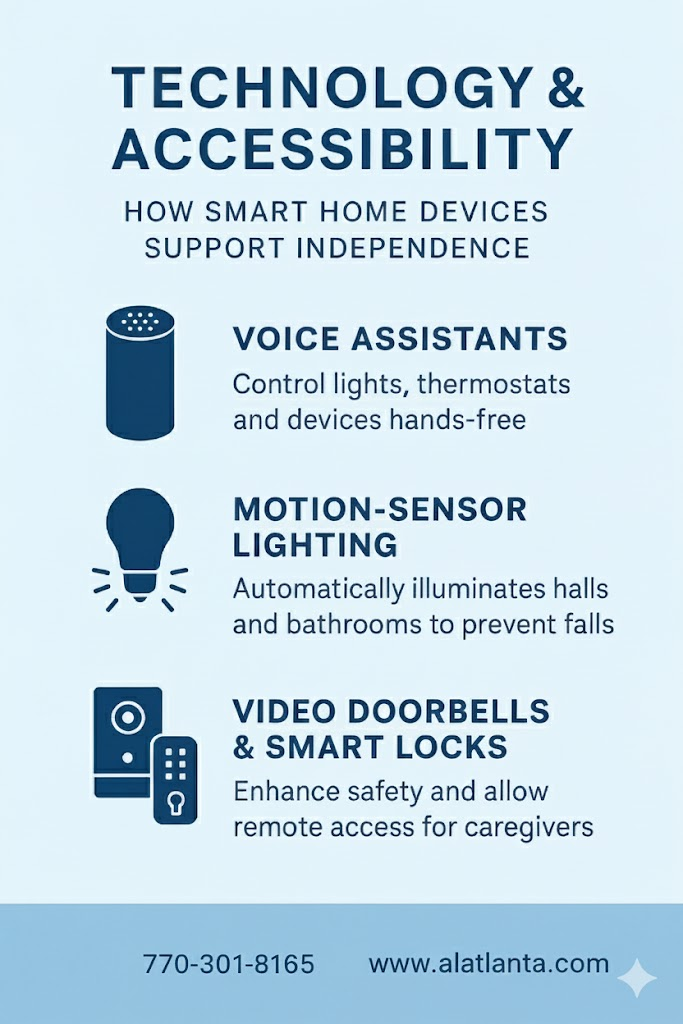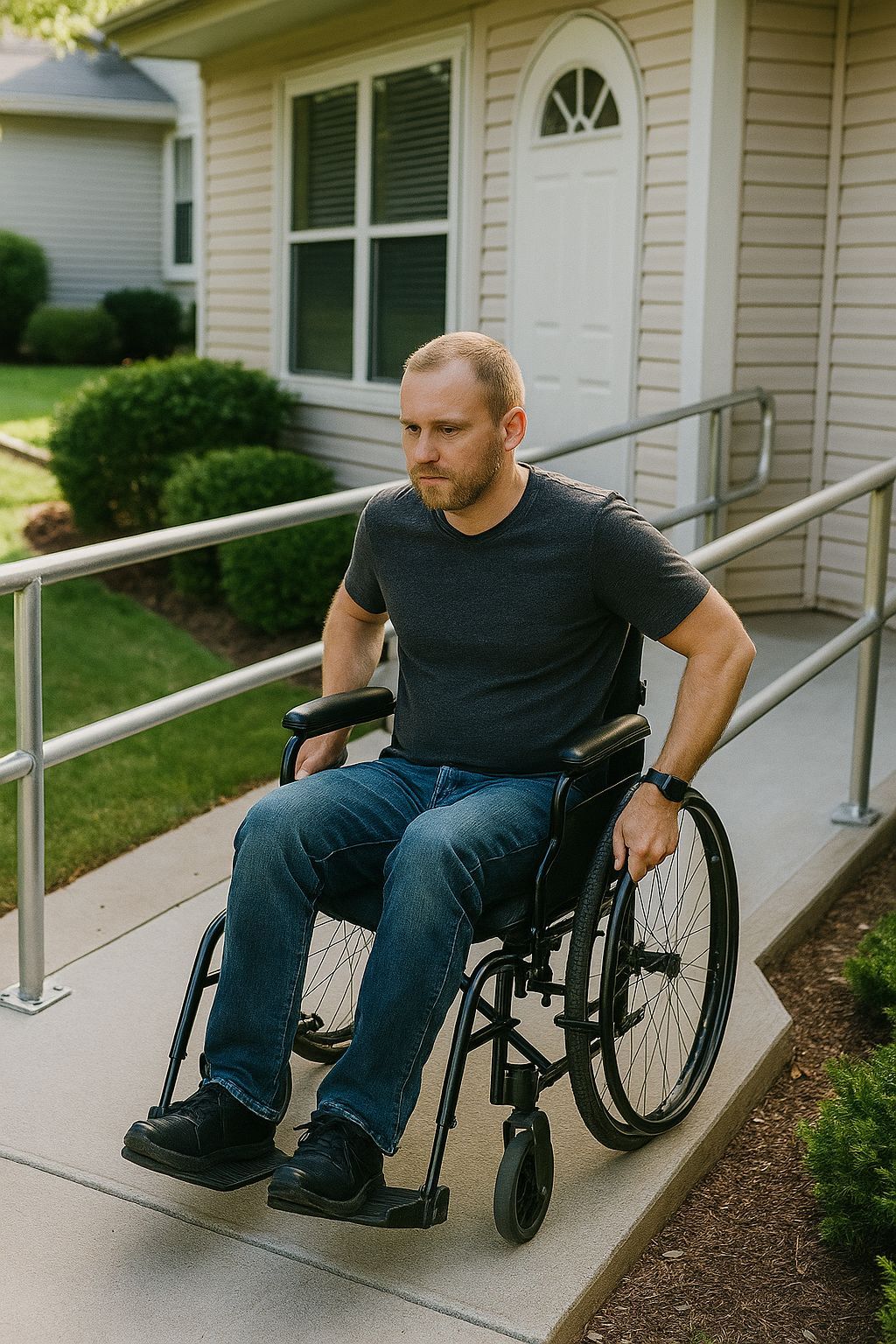How will AI impact the growing need for accessible homes?
AI is poised to significantly impact the growing need for accessible homes in several key ways:
1. Design and Customization
- Automated Design Tools: AI can assist architects and designers in creating accessible home designs quickly and efficiently. By analyzing a set of accessibility guidelines, AI can generate plans that include wider doorways, ramps, and accessible bathrooms.
- Personalization: AI systems can customize home designs to cater to individual needs, taking into account specific disabilities and preferences. This ensures that the design is not only compliant with general standards but also tailored to the user.
2. Smart Home Technologies
- Voice-Activated Systems: AI-powered voice assistants (like Amazon's Alexa, Google Assistant, and Apple's Siri) can control home environments, making it easier for people with mobility impairments to manage lighting, temperature, security systems, and appliances without physical effort.
- Predictive Automation: AI can learn the routines and preferences of residents and automate tasks accordingly. For example, an AI system might automatically adjust the height of countertops or shelves based on the needs of the person using them.
- Assistive Robots: AI-driven robots can help with daily tasks such as fetching items, cleaning, and even providing companionship for individuals with disabilities or the elderly.
3. Health and Safety Monitoring
- Fall Detection and Prevention: AI systems can monitor residents for falls and provide immediate alerts to caregivers or emergency services. They can also predict and mitigate fall risks by analyzing movement patterns.
- Health Monitoring: AI can integrate with wearable devices to track vital signs and health conditions, alerting residents or healthcare providers to any anomalies.
- Emergency Response: AI can improve emergency response by recognizing distress signals and automatically contacting emergency services with relevant information.
4. Accessibility in Smart City Infrastructure
- Integration with Urban Planning: AI can help urban planners design smarter, more accessible cities. This includes ensuring that public transport, sidewalks, and public buildings are accessible to everyone.
- Data-Driven Insights: By analyzing data on accessibility issues, AI can provide insights and recommendations for improving accessibility in both new constructions and existing structures.
5. Cost Reduction and Efficiency
- Optimizing Resources: AI can optimize the use of materials and labor in construction, reducing costs and making it more feasible to build accessible homes on a larger scale.
- Energy Efficiency: AI can enhance the energy efficiency of homes, which is particularly beneficial for individuals with disabilities who may have specific temperature control needs.
6. Enhanced Communication and Advocacy
- Awareness and Education: AI can help raise awareness about the importance of accessible homes by analyzing and presenting data on the impact of accessibility on quality of life.
- Advocacy Tools: AI can support advocacy efforts by providing tools that allow individuals to report accessibility issues and suggest improvements, ensuring that their voices are heard and considered in the planning process.
Conclusion
AI has the potential to transform the landscape of accessible housing by making it easier to design, build, and maintain homes that cater to the needs of individuals with disabilities. Through smart home technologies, health monitoring, and cost reduction, AI can contribute to creating inclusive living environments that enhance the quality of life for everyone.
#homeaccessibility #homemodification #homehealthcare #aginginplace #aginggracefully #caregivers #disability #disabilityawareness #wheelchairuser #wheelchairaccessible #spinalcordinjury #physicallychallenged #safetyathome #elderlycare #graytsunami #healthylifestyle #accessiblematters #userfriendlyhome



